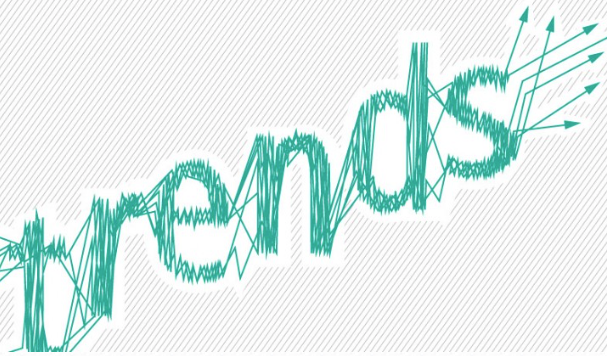One of the leading scholar on leadership and decision making is Max Bazerman who has produced another good book on practical decision-making, The Power of Noticing. His simple observation is that to become better decision-makers we need to increase our power of noticing. Too often we do not see the details in front of us, or what may not be in front of us because we are over-focsued.
Daniel Kahneman's work on fast and slow thinking develops the concept of WYSIATI, "What You See Is All There Is". Our focus only on what is immediately available is a critical bias in our thinking. Bazerman describes an opposite problem, WYSINATI, "What You See Is Not All There Is". You have to focus on noticing what is not there or what you may be missing. Our bounded awareness creates a more decision-making environment. For Kahneman, the answer is thinking slow. Bazerman takes as slightly different view. The answer is improving our power of noticing.
All investors have to realize there are impediments to noticing. Some of those are institutional. We create environments where noticing or looking outside of the box is frowned upon. Call it institutional blindness. There is motivational blindness and conflicts of interest with looking. Leadership is more than just doing a better job of observing but forming a culture of noticing. There should be no predictable surprises. Forgetting hindsight bias, noticing should eliminate phrases like, "why am I always surprised by that" or "I should have seen that coming."
Form our perspective, the best investment solution for noticing is constant research, measurement, and rules. Having a system of what is known frees time for looking at new research and creates a culture of analysis. An irony with any rules-based system is that its success is through constantly looking for ways to improve the system. Slow thinking and noticing to always determine whether the rules as odds on favorite.
Daniel Kahneman's work on fast and slow thinking develops the concept of WYSIATI, "What You See Is All There Is". Our focus only on what is immediately available is a critical bias in our thinking. Bazerman describes an opposite problem, WYSINATI, "What You See Is Not All There Is". You have to focus on noticing what is not there or what you may be missing. Our bounded awareness creates a more decision-making environment. For Kahneman, the answer is thinking slow. Bazerman takes as slightly different view. The answer is improving our power of noticing.
All investors have to realize there are impediments to noticing. Some of those are institutional. We create environments where noticing or looking outside of the box is frowned upon. Call it institutional blindness. There is motivational blindness and conflicts of interest with looking. Leadership is more than just doing a better job of observing but forming a culture of noticing. There should be no predictable surprises. Forgetting hindsight bias, noticing should eliminate phrases like, "why am I always surprised by that" or "I should have seen that coming."
Form our perspective, the best investment solution for noticing is constant research, measurement, and rules. Having a system of what is known frees time for looking at new research and creates a culture of analysis. An irony with any rules-based system is that its success is through constantly looking for ways to improve the system. Slow thinking and noticing to always determine whether the rules as odds on favorite.




























